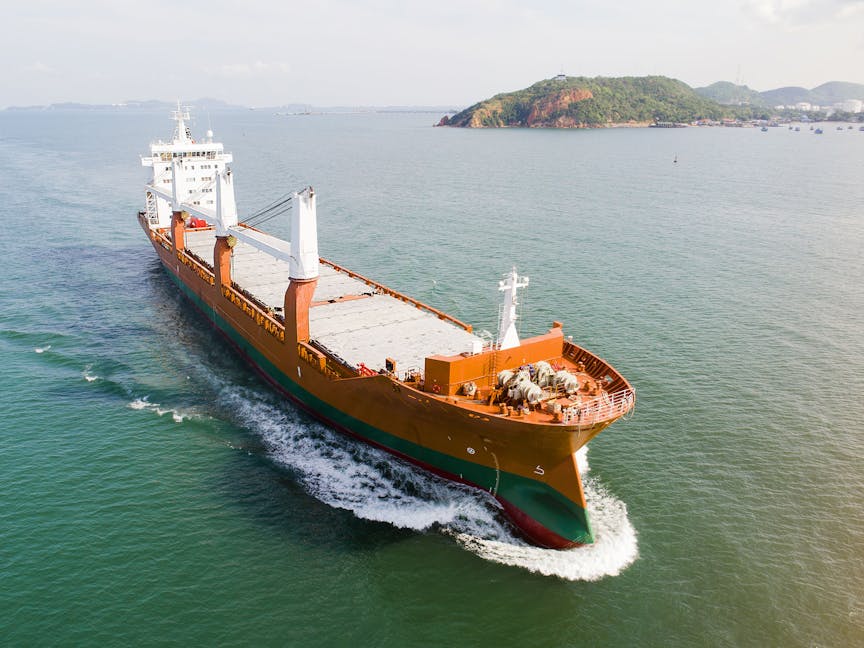Hatch Cover Condition is Crucial
Proper inspection, maintenance, and operation of hatch covers are crucial for the safety of the vessel and the care of its cargo. Following hatch cover maintenance best practices significantly reduces the risk of insurance claims for cargo damage due to wetting and helps to preserve the vessel’s seaworthiness and the safety of the crew, along with protecting the marine environment and avoiding supply chain disruptions.

Within the legal framework, the International Convention on Load Lines is one of the most important conventions relating to hatch covers, requiring them to be strong, tight, and well-secured in order to remain weathertight and withstand the elements at sea.
The inspection of hatch covers for tightness requires more than simply checking the packing rubber alone. A proper inspection entails a detailed visual inspection of all hatch cover component parts, as well as a test to confirm tightness. This dual requirement (the need for a visual inspection and a test) does away with the common but false belief that when hatch covers pass an ultrasonic or hose test, they are weathertight and fit for duty.
If problems or mishaps occur, it is important that the owner’s rights can be preserved and defence for eventual legal action prepared. In such situations, it will be important to prove that due diligence has been exercised by providing documentation showing that the hatch covers have received proper maintenance.
Alandia’s loss prevention materials on hatch covers are based on the latest facts and robust knowledge, with the aim to provide useful information regarding inspections, maintenance, and operation. Alandia offers a free course on Seably to reinforce understanding of hatch cover best-practices for crew, superintendents, surveyors etc.
Seably Course on Hatch Cover Maintenance
The good news is…
- Hatch Cover maintenance is not difficult or expensive!
- Hatch Covers are fairly simple!
- Hatch Covers have a long technical lifetime!
- Hatch Cover weather tightness is not difficult to achieve and maintain!
When testing and inspecting hatch covers, the following typical issues are:
- Insufficient knowledge about hatch covers
- Not allowing for thorough inspections
- Lack of clear/understandable reporting
- Overestimating the capability of the ship’s crew for repairs (Improper/temporary repairs & adjustment by crew)
- Overlooking the importance of involving the classification society when shipboard repairs are carried out on hatch covers
- Missing manuals/drawings – no on-board instructions for maintenance
- No maintenance records/history on board (PMS and hatch covers not included in SMS)
- Ignoring the replacement criteria for packing rubber (over-compression)
- Replacing the packing rubber and not fixing the bearing pads
- Installation of back strip rubber everywhere
- Using old rubber packing (from shipboard stock and ignoring shelf life) and mixing of new and old rubber packings
- Use of small pieces of packing rubber and filling-in of gaps
- Abnormal sounds and/or vibrations during opening/closing operation ignored and unreported
- No greasing or greasing plan
- Cleaning the hydraulic oil filter instead of changing it and changing hydraulic pipes without flushing
- Closing of hatch covers without hydraulic pump
Interested in reading more about hatch covers?
See our full guidelines here: Hatch Covers in Global Marine Operations


